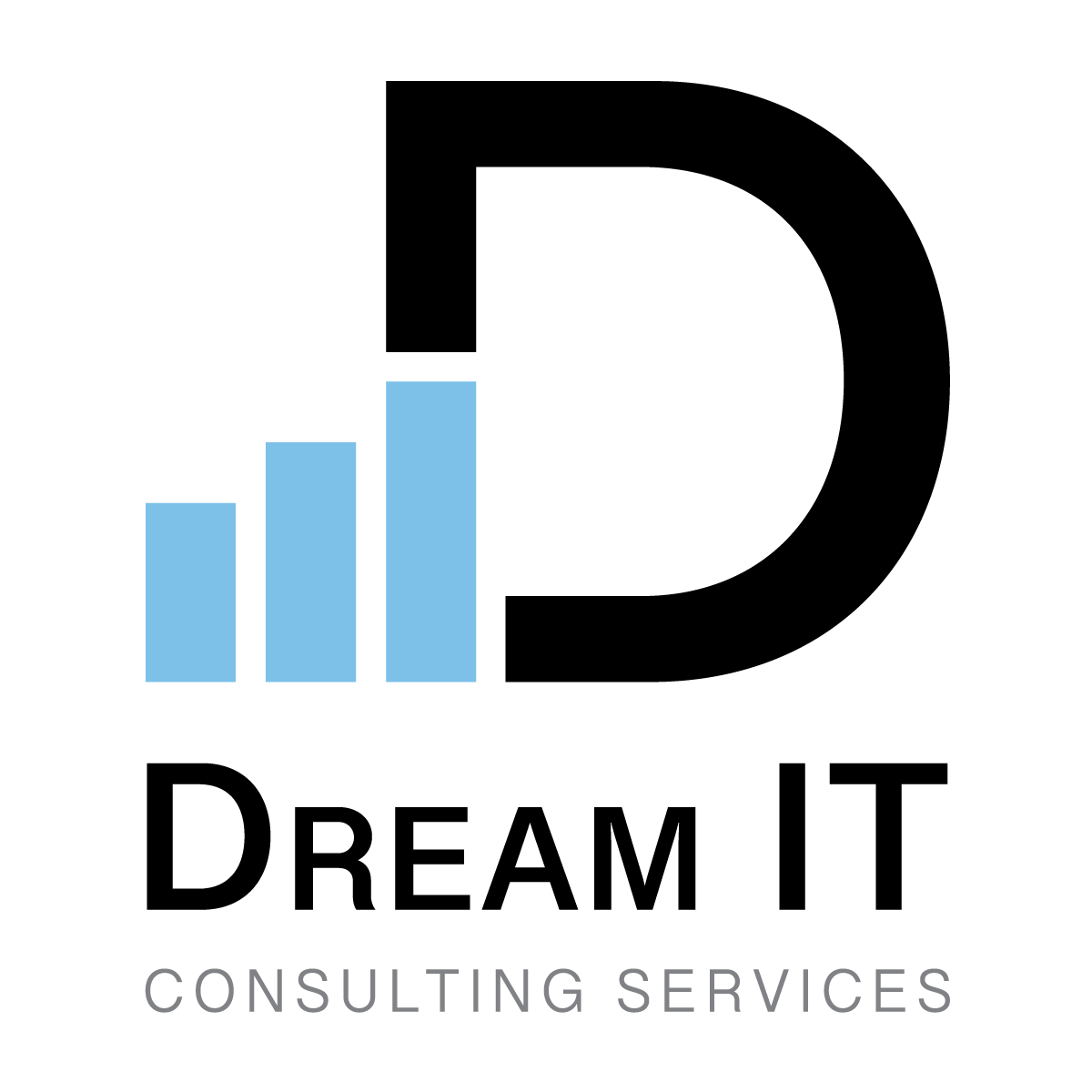Mastering Time Travel in Microsoft Fabric: Rewind, Restore, and Analyze Data with Ease
Sep 26
•10 min read

Time Travel is one of the most innovative features in Microsoft Fabric, allowing users to rewind and revisit historical states of their data. Built on Delta Lake technology, it provides a way to track, analyze, and restore previous versions of data, offering a whole new dimension to data management.
Whether you’re a beginner or a seasoned data professional, Time Travel empowers you to make better decisions, maintain data accuracy, and ensure compliance.
1. The Basics: What is Time Travel?
Time Travel is a functionality that stores snapshots of your data at different points in time. This allows you to:
- View how your data looked at any given time.
- Restore previous versions to fix errors.
- Compare historical trends for deeper insights.
Think of it as a time machine for your data. It’s particularly useful for handling large datasets where changes are frequent, and mistakes can have significant consequences.
2. Why Time Travel Matters
Modern businesses rely heavily on data, but managing it effectively comes with challenges:
- Mistakes like accidental deletions or overwriting are common.
- Audits and compliance require tracking data changes.
- Historical data analysis is essential for forecasting and decision-making.
With Time Travel, these challenges are easily addressed. For example:
- Error Recovery: If a critical dataset is altered incorrectly, Time Travel can rewind it to a previous version.
- Regulatory Compliance: Maintain detailed change logs to satisfy legal and audit requirements.
- Trend Analysis: Compare past and present data to spot patterns or anomalies.
3. How Time Travel Works in Microsoft Fabric
Time Travel in Microsoft Fabric is powered by Delta Lake, which keeps a version history of data changes. Every time a dataset is updated, Delta Lake creates a new version while preserving the old ones.
Here’s how it works:
- Snapshot Creation: Each change to the data creates a new snapshot.
- Historical Querying: Use simple commands to query or restore data as it was at a specific point in time.
- Versioning: Each snapshot is assigned a unique version ID or timestamp.
4. Getting Started with Time Travel
Step 1: Enable Delta Lake
Ensure your data pipelines in Microsoft Fabric use Delta Lake as the storage format.
Step 2: Query Historical Data
You can access past versions of data using SQL or Python. For example:
- SQL Command:
Sql
SELECT * FROM my_table VERSION AS OF 5;
Retrieves the data from version 5.
Step 3: Restore a Previous Version
To roll back to a previous version:
- Replace the current dataset with the desired version using an overwrite command.
5. Advanced Features and Use Cases
a) Comparing Versions
Time Travel allows you to compare datasets at different points to:
- Identify changes.
- Debug issues caused by recent updates.
For example, use a query to calculate differences between two versions:
SQL
SELECT * FROM my_table VERSION AS OF 5
EXCEPT
SELECT * FROM my_table VERSION AS OF 6;
b) Optimizing Workflows
- Combine Time Travel with automation to test updates on historical datasets before deploying to production.
- Use snapshots to train machine learning models on historical data.
c) Long-Term Data Retention
Delta Lake allows you to define retention periods, ensuring you keep historical versions only as long as needed to save storage costs.
6. Real-World Applications of Time Travel
Here’s how industries benefit from Time Travel:
- Finance: Revert to previous transaction records during audits or disputes.
- Healthcare: Access historical patient records for accurate diagnoses.
- Retail: Compare customer behaviour data over time to refine strategies.
- Education: Restore lost or overwritten academic records.
7. Best Practices for Using Time Travel
- Version Management: Keep track of version IDs to simplify restoration.
- Retention Policies: Set retention periods to balance storage costs and compliance needs.
- Access Control: Restrict who can query or restore historical versions for security.
8. Common Challenges and Solutions
- Storage Overheads: Historical snapshots increase storage usage. Mitigate this by setting retention policies.
- Complex Queries: Working with multiple versions can be tricky. Use visualization tools or queries to simplify comparison.
Conclusion: The Future of Data with Time Travel
Time Travel in Microsoft Fabric isn’t just about revisiting the past — it’s about shaping the future. From ensuring data accuracy to unlocking new insights, this feature is transforming how businesses approach data management.
Whether you’re cleaning up errors, analyzing trends, or preparing for audits, Time Travel gives you the tools to manage data confidently and efficiently.
Share with your community!










